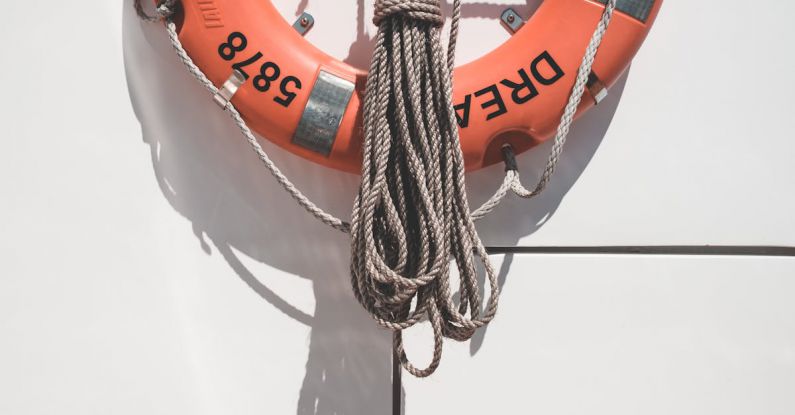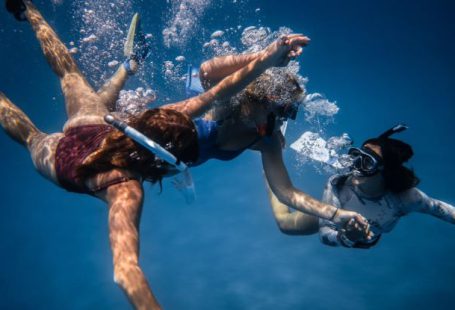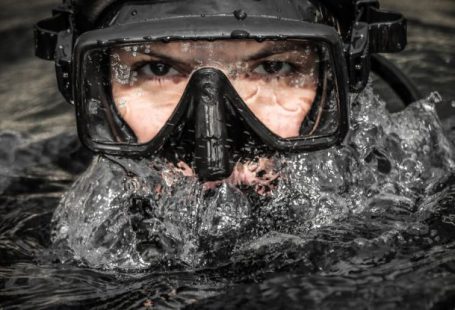**Diving in Marine Protected Areas: What You Need to Know**
Exploring the underwater world through diving is a thrilling experience that allows us to witness the beauty and diversity of marine life. Marine Protected Areas (MPAs) are designated regions aimed at conserving and protecting marine ecosystems and wildlife. Diving in these areas offers a unique opportunity to observe pristine habitats and encounter a wide array of marine species. However, there are specific guidelines and considerations that divers need to be aware of to ensure they contribute to the conservation efforts and respect the fragile ecosystems within MPAs.
**Respect the Rules and Regulations**
Before embarking on a diving trip to a Marine Protected Area, it is essential to familiarize yourself with the rules and regulations governing the area. Each MPA has specific guidelines in place to protect the marine environment and its inhabitants. These rules may include restrictions on fishing, anchoring, and collecting marine organisms. As a responsible diver, it is crucial to adhere to these regulations to minimize your impact on the ecosystem and promote conservation efforts.
**Choose a Responsible Dive Operator**
When selecting a dive operator for your MPA diving excursion, opt for a reputable and environmentally conscious company. A responsible dive operator will prioritize sustainable diving practices and adhere to MPA regulations. They will also provide guidance on how to interact with the marine environment respectfully and minimize any potential harm. By choosing a dive operator committed to conservation, you can contribute to the protection of marine ecosystems while enjoying a safe and educational diving experience.
**Practice Responsible Diving Behavior**
Responsible diving behavior is key to preserving the delicate balance of marine ecosystems within MPAs. Avoid touching or disturbing marine life, as this can cause stress or harm to the animals. Maintain a safe distance from coral reefs and other fragile habitats to prevent accidental damage. Refrain from feeding marine animals, as this can disrupt their natural behavior and diet. By practicing responsible diving behavior, you can help protect the biodiversity and integrity of Marine Protected Areas.
**Support Conservation Efforts**
Many Marine Protected Areas rely on funding and support from conservation organizations and volunteers to maintain their operations. As a diver, you can contribute to these efforts by participating in marine conservation programs or donating to organizations dedicated to marine preservation. By supporting conservation initiatives, you can play a role in safeguarding MPAs for future generations and ensuring the long-term health of marine ecosystems.
**Leave No Trace**
When diving in Marine Protected Areas, it is crucial to leave no trace of your presence. Avoid littering or leaving behind any waste, as marine debris can have detrimental effects on marine life. Dispose of any trash properly and be mindful of your impact on the environment. By respecting the “leave no trace” principle, you can help preserve the pristine beauty of MPAs and minimize pollution in the marine environment.
**Conclusion: Dive Responsibly for a Sustainable Future**
Diving in Marine Protected Areas offers a glimpse into the wonders of the underwater world and provides an opportunity to witness marine life in its natural habitat. By following the guidelines outlined above and practicing responsible diving behavior, you can contribute to the conservation of these valuable ecosystems. Remember to respect the rules and regulations of MPAs, choose a responsible dive operator, support conservation efforts, and leave no trace during your diving adventures. Together, we can ensure the protection and sustainability of Marine Protected Areas for generations to come.





